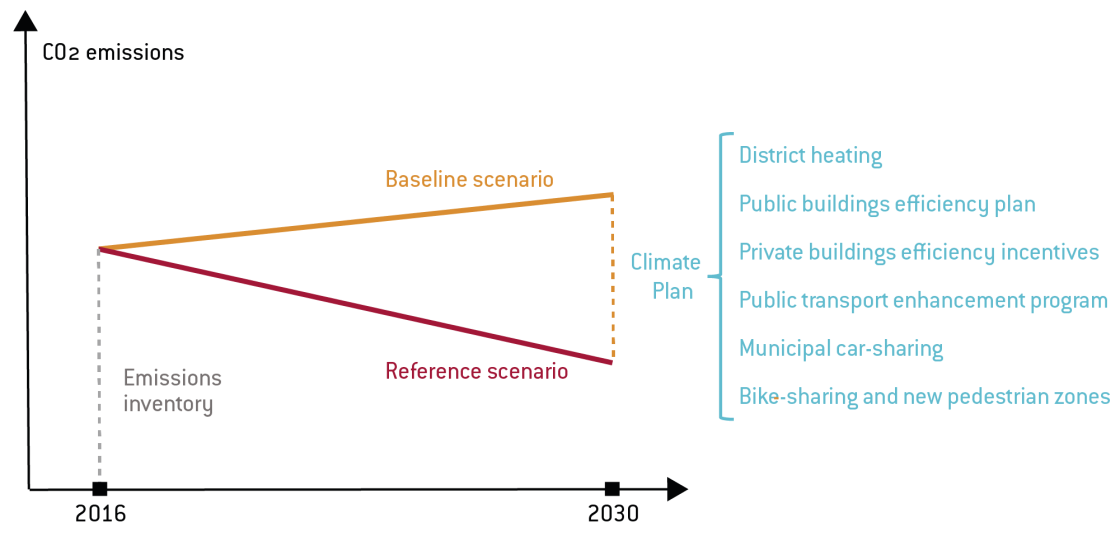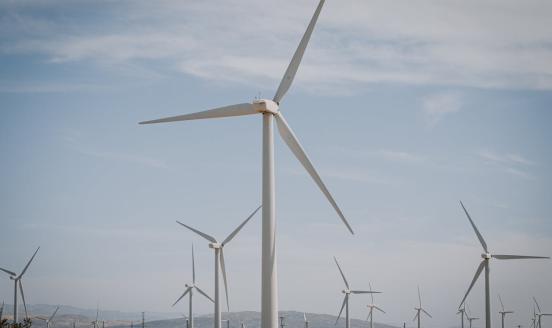How to put cities at the heart of EU clean energy plans
As the European Commission releases its new energy package, “Clean Energy for all Europeans”, our authors argue that cities are the key to success. Th

This blog post summarises the main arguments from the Policy Contribution Going local: empowering cities to lead EU decarbonisation by Simone Tagliapietra and Georg Zachmann.
Four trends are reshaping the European energy system. Decarbonisation and digitalisation are leading to decentralisation and convergence. Thanks to strong public policy decisions, decarbonisation is reshuffling the European energy mix. Meanwhile, innovation in digital technologies is enabling disruptive changes in the management of energy systems. This is allowing Europe’s energy system to become more decentralised and enabling a greater interaction and convergence between services (electricity, heat, transport, data) that used to be largely separate.
In this new context cities emerge as the key arenas of decarbonisation. About 70% of EU citizens live in urban areas – around 365 million people. With the end of binding national-level targets, including cities in the governance of EU climate policy will help keep Europe on track. Moreover, certain decarbonisation options can be better, or only, implemented at city level (for example district heating and cooling, or co-generation of heat and power). It makes sense to focus on cities.
City decarbonisation faces specific challenges
We need decisive action at city level to turn new decarbonisation options into reality. Cities are best placed to coordinate actors and infrastructure investments. However, there are many challenges.
City authorities are typically elected for limited periods and voters might not put much value on local greenhouse gas reductions. Indeed, there is a risk that citizens of ambitious cities might bear the cost of decarbonisation without receiving any particular benefit if other areas lag behind.
In addition, the budget constraints of local authorities are typically a consequence of complex intra-country transfer schemes. This – together with the short electoral cycles – leads local authorities to underinvest in infrastructure that pays off in the long term.
Decarbonisation is thus best implemented locally, with political and financial support from higher levels of government.
What role for Europe in cities?
At the moment, Europe’s climate and energy governance struggles to incentivise decisive action at city level. Indeed, it is difficult to use top-down mechanisms to directly implement change. For this reason, we propose a new process, with targeted bottom-up incentives to encourage effective decarbonisation at city level. It is up to cities how much they choose to engage with the system, but funding would be available to cities that participate. The big new idea here is for EU funding and evaluation to interact directly with city-level authorities (albeit with national governments in a coordinating role).
For each city, this mechanism can be set up in 4 steps.
Step 1: understand a city’s carbon footprint and create a baseline scenario.
A participating city should start by carrying out an emissions inventory that would quantify the amount of greenhouse gases emitted from energy consumption on its territory during a specific year. This should identify the principal sources of emissions and therefore enable prioritisation of reduction measures.
Step 2: understand a city’s carbon handprint (potential positive actions) and create a reference scenario.
With an emissions inventory in place, each city can identify the areas of its economy with the greatest decarbonisation potential and predict potential emissions reductions. Local governments can then prioritise decarbonisation policies accordingly.
Step 3: create a City Climate Plan.
The baseline and reference scenarios would form the basis of comprehensive City Climate Plans. To ensure consistency of national and municipal policies, City Climate Plans could be developed as a sub-component of member state National Energy and Climate Plans. This integration of local and national governance tools could simplify overall governance by use of a single template.
Step 4: track progress and allocate financial support.
Each city should submit biennial progress reports on implementation of its City Climate Plan to its national government. These documents should feed into the overall progress reports that national governments must submit every two years to the European Commission in line with the Energy Union governance system. City progress reports should also be used by the EU to determine the eligibility of local governments for EU grants. Grants would be key to the success of this scheme. If EU money is given to a city to implement a project listed in its City Climate Plan, it should be paid in in biennial tranches, conditional on positive progress reports. There is no need to create new financial structures for this, since the EU already has multiple channel through which to provide investment support (such as the EIB).
Fig 1. The Climate Plan system for cities
Source: Bruegel.

Benefits for member states and citizens
A grant-based system would give the EU some control over the effective implementation of cities’ decarbonisation projects. EU member states could also use city progress reports to provide fiscal incentives to cities that successfully implement their City Climate Plans. This reward system would make economic sense for member states. Remember, the better cities perform in decarbonisation, the easier it will be to achieve national decarbonisation targets.
Smarter cities can also facilitate the functioning of national energy systems by helping grid operators to better plan and operate national power systems. In turn, this can increase the hosting capacity for renewable and decentralised energy technologies at a lower cost. Thus smarter cities can contribute to energy security and affordability at both national and EU levels.
Furthermore, reduced air pollution and traffic congestion should translate into lower costs for national healthcare systems. Increased job creation in local small and medium energy enterprises would have positive repercussions for the overall economy.
That is why we argue for the EU to refocus clean energy governance on cities. It is not only the most effective way for Europe to meet its emissions targets. It could also have wider positive implications in terms of energy security and affordability, environmental protection, health, job creation, economic growth and the relationship of citizens with the EU.
Fig 2. Current EU energy and climate governance vs our proposal
Source: Bruegel.




